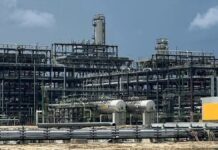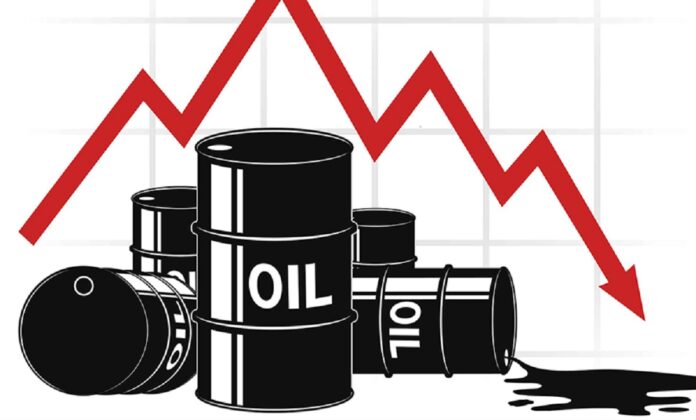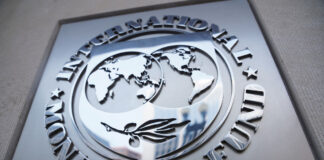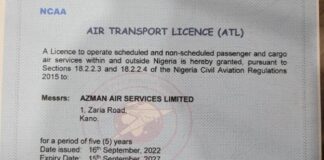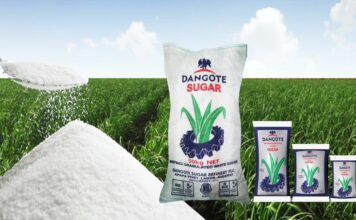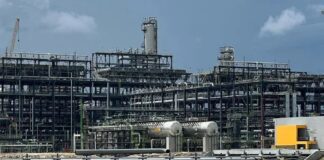Oil Mixed as OPEC+ Members Dispute Colour Supply Outlook
Oil prices swung as OPEC+ members altered their plans to digitally communicate output decisions after delaying their meeting for four days, flooding the markets with supply concerns.
The dispute coloured supply outlook amidst rising energy costs despite global economic uncertainties. ICE Brent hits $81.43 per barrel early in the morning, representing a 0.01% increase from the closing price of $81.42 a barrel in the previous trading session on Thursday.
The American benchmark, West Texas Intermediate (WTI), traded at the same time at $76.56 per barrel, down 0.68% from Thursday’s close of $77.10 per barrel.
After reports of a postponement of the OPEC+ meeting to next Thursday, Nov. 30, from the original schedule on Sunday, prices fluctuated during two consecutive sessions, with Brent dropping more than 4% to $78.41 a barrel on Wednesday.
OPEC+ producers announced on Thursday that their meeting would be held virtually, which further intensified market supply uncertainties.
It was anticipated that the OPEC+ group would decide on the new output policy, which would mostly come from Saudi Arabia and Russia and involve production quotas and output cuts for member countries.
Experts caution that the recent price drops may impact Saudi Arabia’s resolve to reduce output, given that the country is believed to have a price floor of $80 a barrel. Since October 2022, Saudi Arabia has been contributing to the group’s joint cut of 2 million barrels per day (bpd) in addition to its output cut of approximately 1.5 million bpd.
Markets will now monitor whether the group will further restrict production, adhere to the current levels, or increase them. Because the group always considers market equilibrium, the supply-and-demand balance will also serve as a guide.
Global oil demand is expected to reach an average of 101.5 million bpd in the first quarter of next year, according to the International Energy Agency’s latest oil market report.
Global oil supply during the same period is predicted to reach 102.8 million bpd on average. This could represent a surplus of approximately 1.3 million bpd even if the group decides to keep the current output levels.
Further suppressing oil prices and signalling demand weakness in the US, crude oil inventories in the country increased by around 8.7 million barrels, compared to the American Petroleum Institute’s expectation of a rise of around 9 million barrels.
Elsewhere, delays to the resumption of the pipeline that transports Iraqi crude from Kirkuk to export facilities in Ceyhan on the Turkish Mediterranean coast are supporting upward price movements.
Oil flow has since been halted from the 970-kilometre-long pipeline, which has been in use for the previous 45 years after the devastating earthquakes that struck Türkiye in February damaged its infrastructure.
Turkish Energy Minister Alparslan Bayraktar said on Oct. 2 that operations would start in a few days. However, the pipeline has still been closed due to disputes between the Kurdish Regional Government (KRG) and the Iraqi government.









